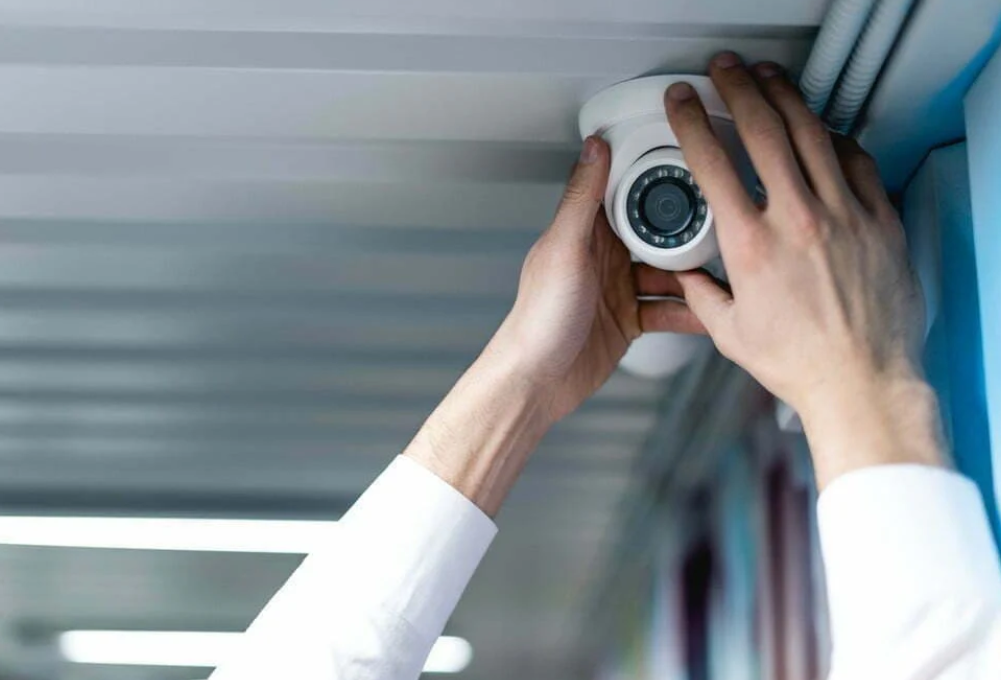
Webcam vs Traditional Security Camera: Which is Better for You?
Security is a top priority. When choosing between a webcam and a traditional security camera, it’s essential to understand their differences. While webcams are primarily for video communication, many people consider repurposing them for security due to their affordability and flexibility. In fact, many users use webcam as security camera as a budget-friendly alternative. On the other hand, traditional security cameras offer dedicated surveillance features but come at a higher cost. This guide dives deep into the features, installation processes, and ideal use cases for both webcams and traditional security cameras to help you decide which one fits your security needs best.
Key Differences Between Webcams and Traditional Security Cameras
Webcam Features and Benefits
Webcams are typically compact and designed for live interactions on platforms like Zoom or Skype. Key features of webcams include built-in microphones, adjustable resolutions, and ease of use. Some advanced models offer HD or even 4K resolution, which can be beneficial for surveillance purposes. Using webcams for security is cost-effective, especially with software like iSpy, Yawcam, or Security Spy that enhance their capabilities. You can remotely access live feeds, enabling you to monitor your home or office from anywhere. Additionally, webcams are highly versatile and can be repurposed quickly for non-security tasks.
Traditional Security Camera Features and Benefits
Traditional security cameras are specifically designed for surveillance. They often come with features like night vision, motion detection, and weatherproof enclosures. Many security cameras, such as the eufyCam S3 Pro, offer high-resolution recording and expansive storage options. These cameras are ideal for long-term surveillance because they provide a range of advanced functionalities that webcams cannot match. For example, advanced models can differentiate between routine activity and suspicious behavior using AI technology. Moreover, they offer various storage options, including local and cloud storage, to ensure that footage is securely archived.

What Are Your Security Needs?
Choosing for Home Use
For home use, the choice heavily depends on the size of the property and the level of security required. Webcams can be a suitable option for small apartments or single rooms. They are easy to set up and provide a basic level of security at a low cost. However, traditional security cameras are recommended for larger homes with multiple access points. They offer more robust features like night vision and extensive storage options, making them more reliable for comprehensive home security.
Choosing for Business Use
Businesses have more complex security needs. Traditional security cameras are usually a better fit since they offer advanced features crucial for business environments, such as high-resolution video, night vision, and extensive coverage. They can integrate with alarm systems and access controls, providing a comprehensive security solution. While a webcam might be sufficient for monitoring a single office or small store, larger establishments will benefit more from traditional security cameras due to their scalability and robust features.
Webcam vs Security Camera: Which Offers Better Monitoring?
Live Streaming and Remote Access
Both webcams and traditional security cameras offer live streaming and remote access features. However, traditional security cameras often provide more reliable and higher-quality live feeds. They are designed for continuous monitoring without significant downtime or quality loss. Webcams, while capable of live streaming, may not be as reliable for long-term, uninterrupted surveillance and may lack in features like motion-triggered alerts and targeted monitoring.
Storage Options and Quality
Traditional security cameras usually offer a wide range of storage options, including local storage on SD cards and cloud storage. This ensures data redundancy and accessibility. Many also support high-quality video storage, providing clear and detailed footage. Webcams typically rely on the computer’s hard drive for storage, which may limit capacity and introduce potential points of failure. Additionally, the video quality from traditional security cameras is generally more consistent and higher in resolution, making them a better choice for critical surveillance needs.
How Easy Are They to Install and Use?
Webcam Installation Guide
Installing a webcam for security purposes is straightforward. First, ensure you have the appropriate software. Tools like iSpy or Yawcam can turn your webcam into a security device. Connect the webcam to your computer, adjust the settings via the software interface, and position it for optimal coverage. The setup is usually plug-and-play, requiring minimal technical know-how, making it ideal for quick and easy deployment.
Traditional Camera Installation Guide
Setting up a traditional security camera is more complex but offers a robust security solution. Start by choosing camera locations that cover key areas. Mount the cameras securely and ensure they are powered either via batteries or a direct power source. Connect the cameras to your security system and configure the settings using the dedicated software or app. Many traditional systems offer professional installation services, which can ensure the setup is done correctly and efficiently, though this will come at an additional cost.
Conclusion
Choosing between a webcam and a traditional security camera depends on your specific needs and budget. Webcams offer a cost-effective, versatile solution for basic surveillance needs. In contrast, traditional security cameras provide advanced features, reliability, and extensive coverage, making them ideal for comprehensive security. While webcams are great for small spaces and budget-conscious users, traditional security cameras are better for robust, long-term surveillance. Evaluate your security needs carefully to make the best choice for your situation.




